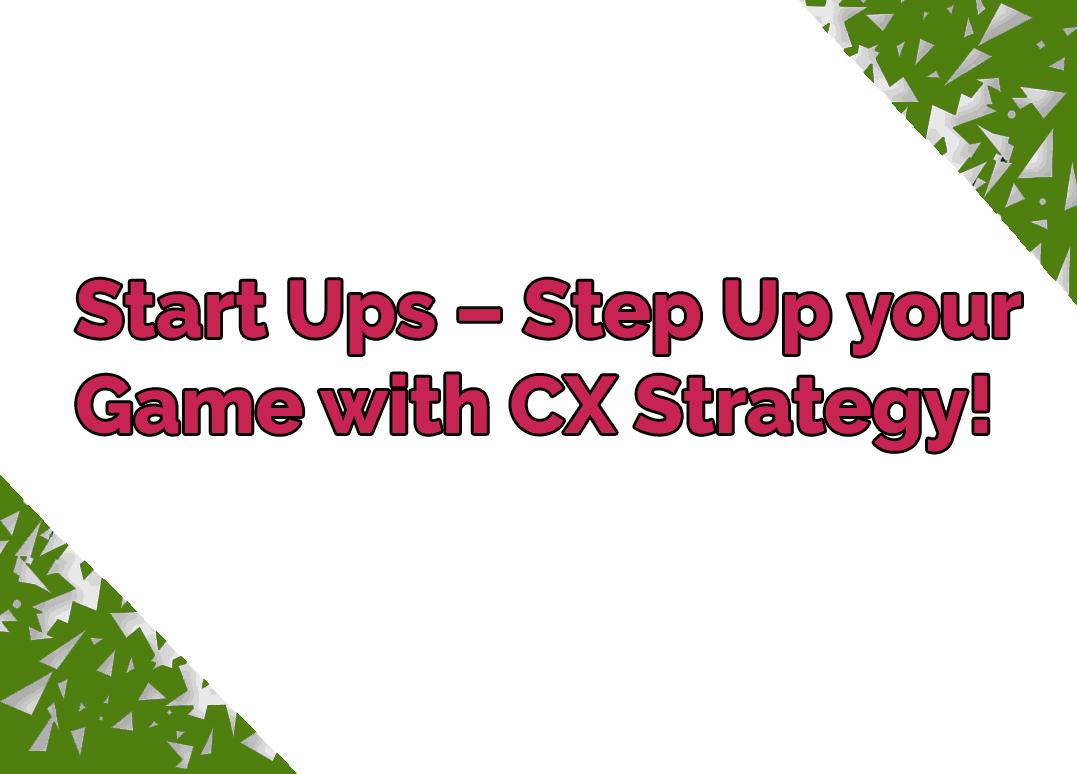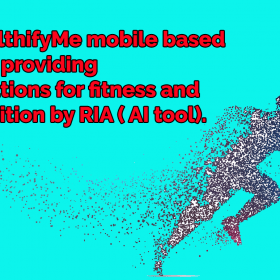Startup Ecosystem can be very complex and difficult to sustain if not aided with the right kind of support. There are challenges manifold that one could face on an entrepreneurial journey. Today customers are aware of the options and choices they have in the market and very clear of what they expect from the products or services they are looking for.
At the same time being a startup the biggest challenge is with so many budding ideas and innovations in the market and fast pace of new startups providing similar product/ service, how does one create value differentiation. It is so important to not only be innovative and accelerated in your offerings, it is so critical to creating your own unique value proposition.
With Customer ruling the trends and demands it is so imperative for all startups to integrate Customer Perspective/experience with their business strategy, wheather it is a product, marketing, sales, post-sales or service strategy. Customer Experience Management is one strong and reliable tool that could help the startups not only kick-start the customer acquisition but also derive ways and mechanisms of retaining the customers and edging for sustainable growth.
There have been many types of research and statistics that are available today to advocate the case of Customer experience and its importance in today’s scenario and future.
“Companies must provide differentiated, effective experience for broader customer segment- by delivering right customer experience to the right customer at the right time.-Forrester Study”
“89% of companies will compete mainly on customer experience.-Gartner research”
“Customer Experience will overtake price and product as the key brand differentiator by 2020.-Walker research”
So what is Customer Experience and how can one use it as a mantra to success?
In simple words, Customer Experience is what customer collects in the form of perceptions, feelings, understanding of you as a company throughout his/her interactions of the buying process. It doesn’t matter what the turnover or the size of the company that he/she is interacting with. In a way, our customers are very self-centric when it comes to their buying process and experience from that. It’s not only the value of money that is being measured but a lot is about the value of time that is being spent in the process.
As startups we know it is not so difficult to acquire early adoptions in the market but the mountain of a task to keep the customers with you, happy and loyal.
It is a known fact that while Customer experience and its value in growth are very well understood, not many businesses, especially the startups hold back from adopting the concept. It is no doubt as startups the journey entails so many challenges from the beginning that most of these so-called ‘high ended’ principles take a back seat.
Very simply put, Customer Experience in your startup can be segmented to four stages.
As an entrepreneur begin your Customer Experience Journey by asking these basic questions at each stage:
Stage 1: Knowledge.
What is the available know-how of your product/service to the customer?
What are the different sources to retrieve this information?
How easily and frequently is the information available?
Is the information up-to-date and understandable?
Is the information enticing for the consumer to create curiosity and bring him to the next stage of researching or enquiring?
Stage 2 : Interaction.
What are different interaction points/channels available for the customer to connect with your company product/service?
Is the interaction consistent across all channels?
What is the effort being spent by a customer at each point?
Ease of transition from one interaction point to another?
What are customer expectations at each point?
How is he feeling through the interactions?
Stage 3: Application/Relevance.
Is the product/service easy to use?
How relevant it is to customer’s current needs/expectations?
Are we ensuring regular upgrades and communication of the same to the customer?
How robust is our system?
Is the product/service reliable?
How easy/quick is the adoption of service/product for the customer?
Stage 4:Treatment.
How is the customer feeling at every interaction?
Have we personalized our communication with consumers?
Do we have skills and knowledge to make the customer feel valued?
Do our employees understand customer perspective?
Do employees feel empowered?
As we say, some things are easier said than done! Knowledge and understanding of customer experience may not be enough for the successful adoption of the concept. Some of the critical driving factors that shouldn’t be ignored before we start on the journey are:
- The top leadership is owning and committed to the idea.
- Clear Intent: Why are we doing this?
- Customer Experience focus in mission and vision is visibly translated into actions
- Keep it simple: There is a fine line between being realistic vs. blindly pursuing what is in trend
- Don’t rush to adopt technology or automated solutions. Focus on documenting and stabilizing your processes first.
Visit Pink Guava Consulting Services website.




GIPHY App Key not set. Please check settings